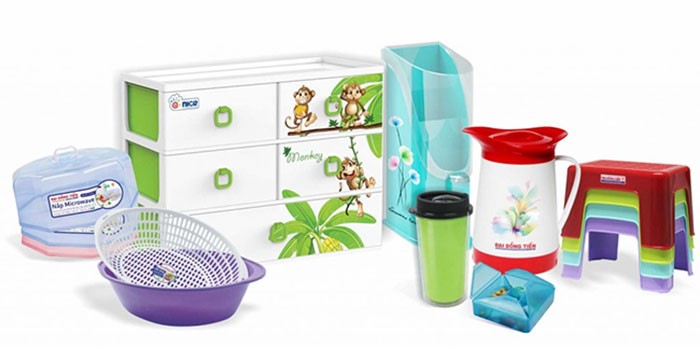NEWS
Design of Plastic Products (part 1): The holistic design approach
There are 4 principle elements to a successful plastic product: material selection, part design, tooling, and processing. Typically, product designers are effective part designers but have limited background in the other disciplines.
This leads to products which are more expensive than necessary and difficult to manufacture—which also increases the cost.
Many companies have solved this problem through the use of multidisciplinary design teams. However, team members report that such teams can be dysfunctional, often due to the fact that team members’ schedules are difficult to synchronize or a lack of availability of required skills.
Ideally, the part designer would know enough about these other disciplines to be able to design with them in mind. That utopian situation could create the ultimate in efficient product design—the holistic design approach.
Bottle cap example.
A closure for a bottle
An example of this type of thinking would be the case of a closure for a bottle containing cosmetics. In order to protect the contents, the closure must seal the opening.
Typically, that seal is created with a seal ring or liner which is clamped down with force provided by screw threads, thus creating what is generally known as a bottle cap.
Process selection is simplified because the process of choice for most bottle cap applications is injection molding.
Compression and transfer molding are possibilities, however, they are slower than injection molding and are rarely used for thermoplastic materials. Therefore, they would only be considered if the material of choice turned out to be a thermoset.
Example of cosmetic bottle caps
In the case of a cosmetic bottle cap, the most extreme temperatures it is likely to encounter will be in transit or washing prior to application. This limits the range to that which is readily accommodated by most thermoplastics without deformation.
However, thermal expansion will need to be considered as the cap cannot loosen enough to break the seal at elevated temperatures nor contract enough to crack at low temperatures.
Furthermore, it must not fail due to stress relaxation over time nor impart an odor of its own to the contents. For a cosmetic application, there may also be an appearance requirement of a high-gloss surface.
Most importantly, it must withstand the chemical attack of the contents. While resin manufacturers typically perform limited tests for resistance to various chemical compounds, they cannot do this when the composition of the exposure is a secret such as with a cosmetic.
The manufacturer is expected to conduct such tests privately.
There is another element of material selection for a bottle cap which involves the tool building and processing disciplines. It derives from the fact that the decision must be made as to whether the threads are to be stripped off the core, turned off the core or the core is to be collapsed to permit ejection.
The tool for the former will be far less expensive and the mold will operate at a much faster rate of speed. However, the material must be one which is flexible enough to strip off the mold, yet rigid enough to perform its other functions.
The problem is created by the fact that the formation of a thread creates plastic at a point inside the largest diameter of the hardened core as shown in the picture below
As the force of ejection pushes on the base of the cap to remove it from the core, it must be flexible enough to expand off the core as illustrated below


 Tiếng Việt
Tiếng Việt
